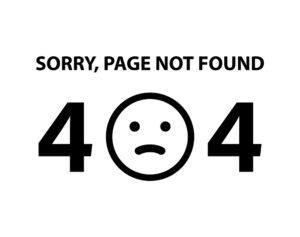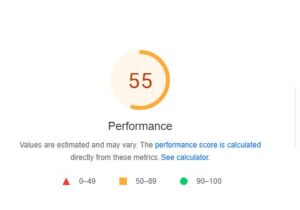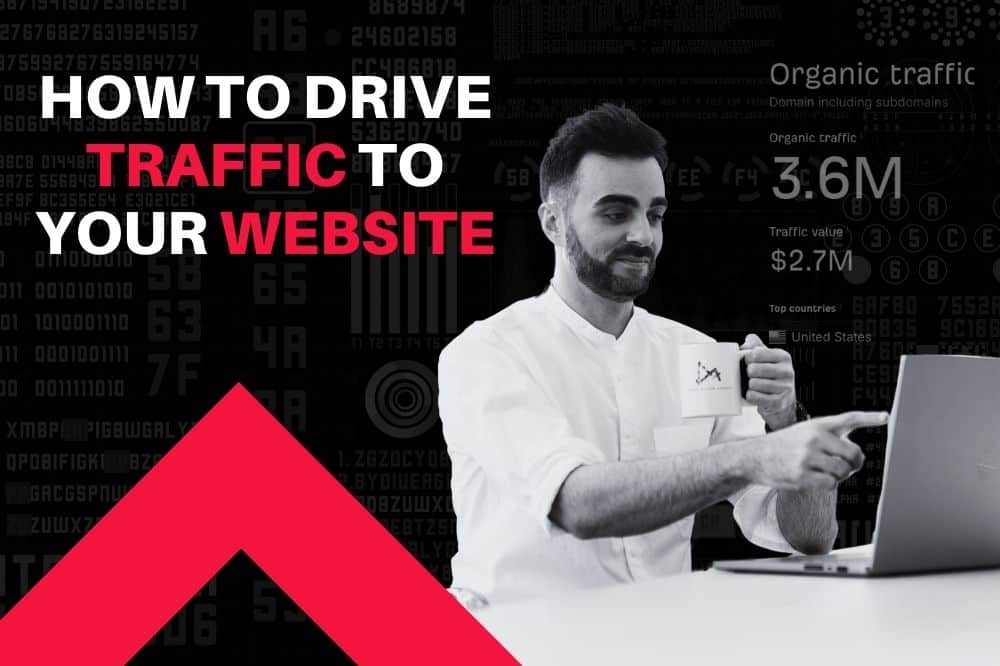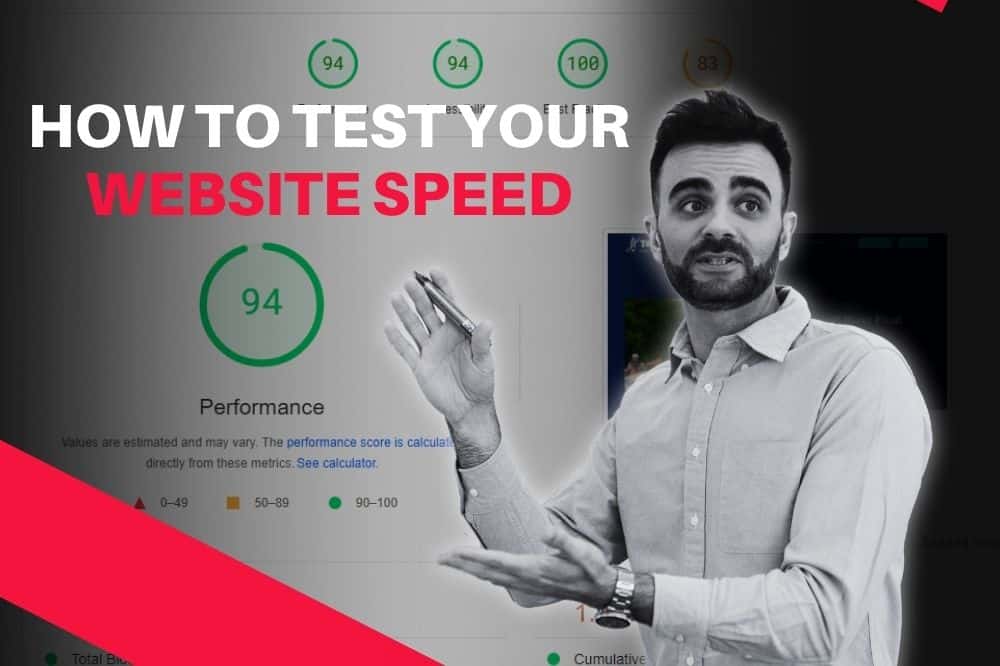One of the most fluid industries in the world is digital marketing. Because of the fast changes and shifts in its nature, anyone who is working online almost always feels anxious every time Google rolls out a new update in addition to the daily changes to its algorithm.
Good luck trying to understand how Google changes and beating them at their game.
Some people try to list factors that you can follow to rank better. But these supposed “gurus” hardly update their tips and some people follow outdated advice and wind up getting penalized. Another considerable way you can avoid the dreaded Google penalties on your website is to know the common mistakes digital marketers commit when trying to improve their SEO ranking.
What are the 30 mistakes that will hurt SEO rankings?
Basically, if Google detects anyone who is trying to manipulate their search engine rankings using illegitimate methods, their website could suffer from penalties and the wrath of Google! Well, not wrath, exactly, but you get the idea. The tech giant is keen on keeping the playing field level for everyone. So, here are some things you should keep in mind to avoid when developing strategies for your website or clients.
1. Keyword Stuffing
There was a time in the old days when people could rank on Google by writing website content that just repeated the keywords again and again. But people have used and abused this strategy to the peril of the users. What the user saw was articles that were not helpful, and had a repetitive,confusing mix of keywords that made absolutely no sense to the reader.
Good thing that this does not work anymore. The recommended keywords on every page are now limited to two or three each. This paves the way for well-written articles that provide value and are written for people, not robots. After all, the original concept of the world wide web was to provide valuable information.
If you’re running a website or planning an SEO strategy, you need to remember that as technology and algorithms become more sophisticated, Google can easily determine which websites still use this critical mistake.
2. Picking Wrong Keywords
This is an oversight that’s quite common for inexperienced digital marketers. While there are plenty of available keywords around for any type of industry, you have to find something to call your own.
As simple as that sounds, some marketers still neglect and commit the mistake of choosing the wrong keywords. They may aim too high and choose a keyword that’s highly competitive and get thrown down by a big player or, on the other hand, choose a rather obscure and nonsensical keyword that can render their marketing efforts fruitless.
To find the right keyword, all you need to do is to spend time knowing your client or brand and spend a little more time finding the right one that speaks about what sets them apart.
3. Neglecting to Write Meta Descriptions and Title Tags
Most of the time, mistakes are the ones that are most obvious but are forgotten. Such examples are the meta descriptions and title tags for articles or even web pages. With that said, let it stand that these two are among the most important things you should pay attention to.
Meta descriptions and title tags are like a window to the whole article or web page. This helps people see what the content is about. It also helps Google rank your page better because it sees that you are trying to be helpful to your audience.
4. Writing Meta Descriptions and Title Tags That Do Not Have Anything to Do with the Content
In relation to the previous point, be wary when writing meta descriptions and title tags. They should be descriptive and should be related to the content.
5. Using Generic Descriptions
Generic descriptions can only get you so far. For example, if you have a website about cars, you can write “this website is about cars” and call it a day. However, something more descriptive and informative will fare better.
It will be helpful for your audience and for Google to figure out what it is exactly that you’re marketing. What about cars? The more granular you are with your meta descriptions and keyword selection, the easier it is for everyone to find you.
6. Using the Same Meta Descriptions and Title Tags Repetitively
This may be somewhat excusable given the amount of content you have to put out that can be similar. But that is the challenge and the key, variety, and creativity. People may be turned off by the repetitive things you say. This can also affect your integrity, especially if your goal is to build relationships with your audience.
7. Paying for Backlinks
This is probably one of the widely known examples of how Black Hat SEO works. Let’s be honest, most people will resort to this tactic at some point and try to mix it with honest work, which makes this practice a sort of “Gray Hat” strategy. However, if you get caught, the penalties and how you make up for it will show that it is not worth the risk.
Google’s algorithm is focused on reducing and removing any pages that do not have natural and organic methods.
8. Not Auditing Your Website for SEO
A website audit is a key to making sure that your website is always in great shape. Neglecting to do so in the past three to six months can affect your rankings significantly.
Embrace the fact that you will surely find some things you need to improve as a result of the audit. This is an opportunity for you to make the most out of your efforts and have a clean website that can work well and reach your marketing goals better.
9. Duplicate content
Google finds it suspicious when you have duplicated content and duplicated pages on a single website. Not only that, but people will also think less of you as a company or a brand and dismiss you as some nuisance on the web. Duplicate content comes off as tongue in cheek and seems like you don’t have integrity.
10. Missing H1 Tags
Heading tags are not just there for aesthetic purposes. Think of H1 tags like chapter titles in a book that also serve as triggers for Google to understand what your content is about. These distinctions help bridge the gap in how Google perceives your website.
11. No ALT Text
ALT texts are attributes that help people with visual impairment navigate your website or content. Most commonly found coded and embedded in images, these are among the most important factors for Google to know that your website and content is useful to all audiences.
12. Linking to Old Suspicious Websites
For those who have older websites, they may have gone through the times and tried every strategy that came by. In the past, linking to different websites may have worked, especially when Google was not yet as powerful. Those who thought they could hack their way to the top rank did all sorts of hoodoo and voodoo.
If your website content still links out to spammy, or unrelated websites, better do a quick purge because this can pose a threat and can damage your reputation.
13. Too Many Outbound Links
Too many links are recognized as spam, or at the very least, very unnatural. This could set off red flags with Google and they could penalize your website. This strategy used to work for websites, but now it is just seen as a bad practice. Another thing you should take note of is that when linking, it should be as natural and should be used in context as much as possible.
14. Using URLs with Underscores
Search engines do not really get the use of an underscore on URLs. If you see one on your content, remove them immediately or write better URLs. Instead use dashes (-) in the URL permalink structure.
15. Having Broken Links
Broken links add clutter to your website. Removing dead-end links and replacing them with better ones will help make your website a lot better for your audience.
16. No-Follow Link Attributes
Another thing to consider for your links is their do-follow/no-follow attribute. Say you gained a link to a high domain authority website, if they used a no-follow attribute, then might not be getting as much link juice from them. While it looks great on your portfolio, in a real-world sense, you are just another name on their website and do not get the strongest benefits.
17. Making Title Tags Too Short
The recommended length of title tags is 60 characters. Anything too long will be cut off, and anything less is an opportunity missed to provide relevance to the user.
18. Low Word Count Articles
Pages on your site with a low word count has the tendency to be dismissed as lacking content. Even if you already have the complete thought in the article, this can still be a problem. Do not merely add fluff to your articles, make sure to be helpful to your audience and provide value in what you tell them.
Google has a guide on the right amount of content for articles.
19. Using Only One Long Tail Keyword
There were strategies in the past that focused on creating many small pages to rank for a single long-tail keyword. This has since been outlawed and can land you a penalty.
The better alternative now is to use one single skyscraper post which is a long article that’s aimed at being the authority when it comes to a given topic.
20. Not Updating Content
Just like books, online content needs constant updating. If people see outdated content on a website, the integrity of the site they visited falls. Not only that, but it is also known that Google prioritizes “fresh” content over older ones.
21. Uploading Content without Media
The past few years have proven that people love to consume media. This begs the question now: why would you want to post an article or a web page that’s just a wall of text?
Also, a vast array of multimedia is found to be one of the defining factors for search engines to rank websites. Mixed media content is a tell-tale sign that the content is of high quality.
22. Forgetting to Use Bulleted Lists
Because they are simpler to use and have all the information a searcher is looking for, user-friendly websites have a better chance of rising in the search engine results when they use bullet points or numbered lists.
23. Missing hreflang and lang Attributes
Multilingual websites can suffer if they do not address the hreflang attributes. This is why search engines get confused about indexing the website because of these conflicting source codes. Make sure that your codes are in good shape and search engines can easily understand them.
24. Slow Page Load
There have been tests that have proven that website speed directly affects your ranking. Developers themselves have done the test to see who will win the race. As it turns out, even on the Internet, the faster ones will take the cake.
This is because a slow website has higher bounce rates as people’s attention span and patience grow shorter. So, if a fancy opening sequence does not help your page load speed, you might as well cut it off for the sake of making your website run faster.
This is why you should have due diligence in the making your website load in as little time as possible.
25. Length of Domain Registration
Websites that don’t long-term register their domain are flagged by Google as being fraudulent or illegitimate. Therefore, register for longer periods of time if you want to improve your reputation with search engines.
26. Not Putting the Keyword in the Title Tag
We have already mentioned that title tags play a big role in helping search engines understand what you have to offer. This also helps the first-time visitors know you better and see if you do offer the solution they are hoping to find during their web search.
27. Forgetting to Optimize Your Website for Mobile Use
Now, more than ever, mobile-friendly websites get top priority among the SERPs. This is because they tend to have all the factors we have already mentioned in this list, including page load speed, user-friendly interface, and content that’s easily accessible to audiences.
28. Janky User Experience
User experience and user interface play a big role nowadays in retaining audiences on their website. If the case is that you have a weirdly-placed button, chances are people will feel like you’re not thinking of them when you designed your site, earning a strike on your reputation and integrity as a content provider.
29. Undiversified Link Types
Not only will you seem like a clone website if you have just one link source, but it will also be dangerous if that website is taken down. It will take you down with it for sure.
30. Not Using YouTube and LinkedIn Pages
Google owns YouTube, and any cross-linking from the two platforms can help the search engine index websites. LinkedIn, on the other hand, helps make your brand and company look professional and legitimate.
Conclusion
These 30 things are just some of the main examples of what you should avoid when building your website and optimizing it so that you can gain the most out of your efforts.
We recommend doing a website audit so that you can see if you’re making some of these mistakes and address them accordingly. You can search the web for one of the many automated tools that can scan your website for SEO errors.

























